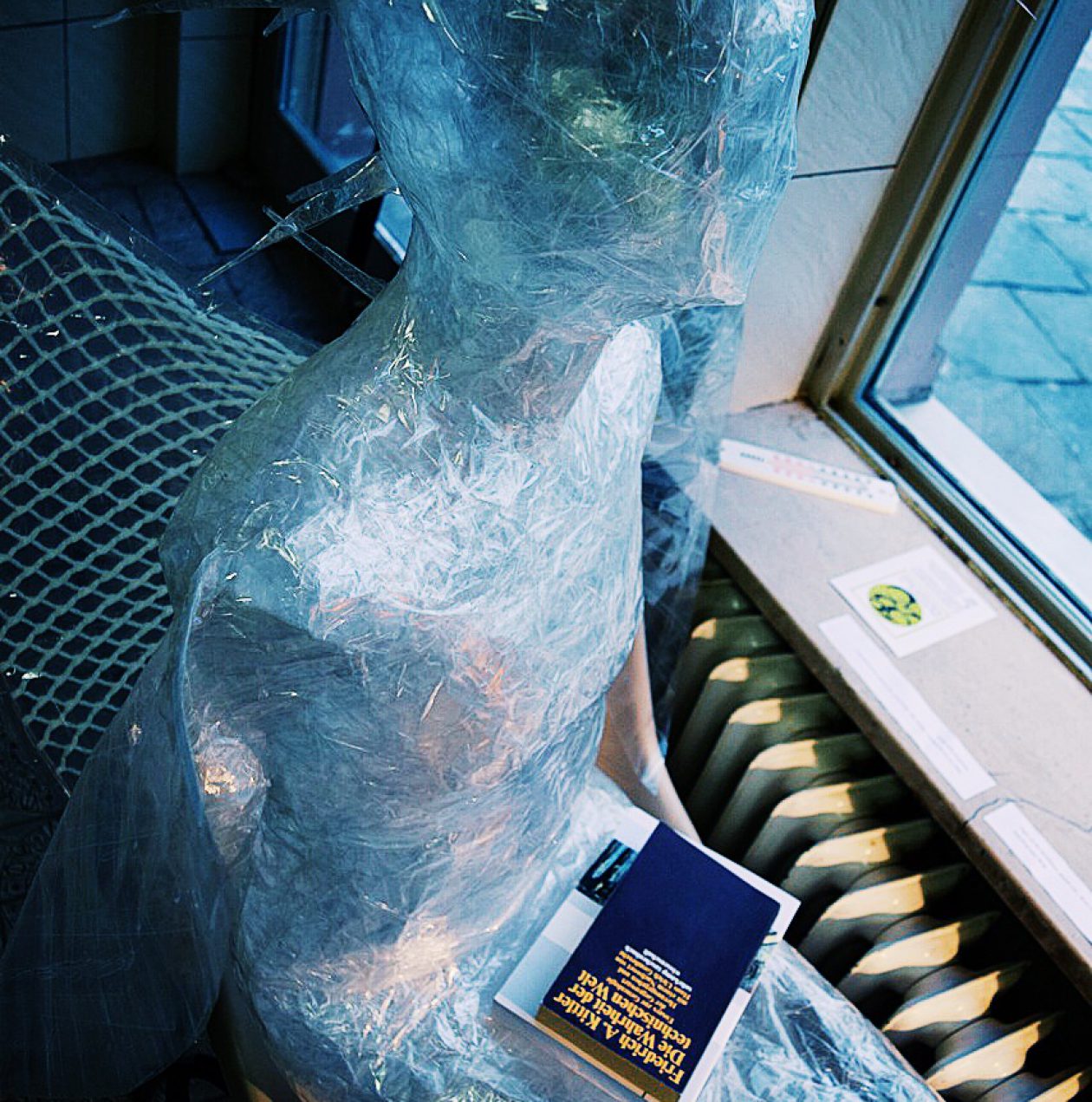The attached article discusses the common film trope of the “Manic Pixie Dream girl” and it’s real world implications. There are many connections that could be made not only with the characters in “The Human family: Stories” but also the life that Lou Andreas Salome herself led. The “Manic Pixie Dream girl” is typically the love interest of, in the words of Nathan Rabin who coined the term, “broodingly soulful young men”, who are thus taught to “embrace life and it’s infinite mysteries”. Salome herself fluttered in and out of the lives of brooding male intellectuals and had a supposedly uplifting, feminine influence on their lives. She has been written in history as a femme fatale, and was always being pursued at one point or another by a man enchanted by her “free spirited ness” and “lust for life”. There are many problems with the manic pixie dream girl- first she is always depicted as the secondary character- her role is to inspire the main character, the male protagonist. Thus her character development, as eccentric and dynamic as she may seem, is actually quite limited, and she is used to move the plot forward. This criticism of the “manic pixie dream girl” could apply to how we view Salome’s life, since we primarily associate her with these male intellectuals and how she “inspired” them, but we have trouble isolating her from these encounters and seeing her as an independent “protagonist” within her own narrative.
There are also connections to be made with the “Manic Pixie Dream Girl”and many of the characters within the novel. The way that the male characters “idolize” the female characters (for example Hans Ebling and Edith) is similar to how the Male protagonist would idolize the Manic Pixie Dream girl. Not only using her as a projection for his own internal struggles/angst, but also expecting her to inspire him out of his misery, with her girlish charm.

First of all, I think the link to the mentioned article was not added. Second of all, I can see a connection between the ‘manic pixie girl’ and the pattern of using women as muses and how the female is often both patronized and idealized in literature. The other day I came across a really interesting article (not academic unfortunately,
yet still insightful) about the obsession over mentally ill women, and where “Unit for “Men, Internal”” comes to mind. The woman in the story was clearly struggling, for multiple reasons. The article below offers insight on how women’s mental issues have also been put on a pedestal in both film and literature, in a truly derogatory fashion.
https://broadly.vice.com/en_us/article/wjg8em/what-our-obsession-with-tragic-beautiful-mentally-ill-women-says-about-us
LikeLike
The manic pixie dream girl trope is such an annoying part of media, but it’s accurately attributed to this story. It’s annoying because women have consistently been seen as a muse for male creativity but their own value as creators isn’t taken as seriously, even in modern times. Many female authors or artists STILL have to use initials or male-sounding pen names to be taken seriously. Men use them to bolster their own creativity without even trying to hide it, but women’s creative intelligence isn’t valued enough for them to be able to hold value all alone, which makes this trope and many others extremely hypocritical. When it is valued, it’s for a choice range of themes or genres, romance being the main one probably. It’s a struggle for authors of either gender to write a genre that’s considered the other gender’s theme, like a male author writing a romance novel would be said to be targeted for a “female audience”, yet it is often accepted, but female authors trying to write an action thriller, thus targeting a “male audience”, often fails. A popular example is JK Rowling having to shorten her name to JK, as suggested by her publishers, because young boys probably wouldn’t have wanted to read a book written by a woman.
LikeLike